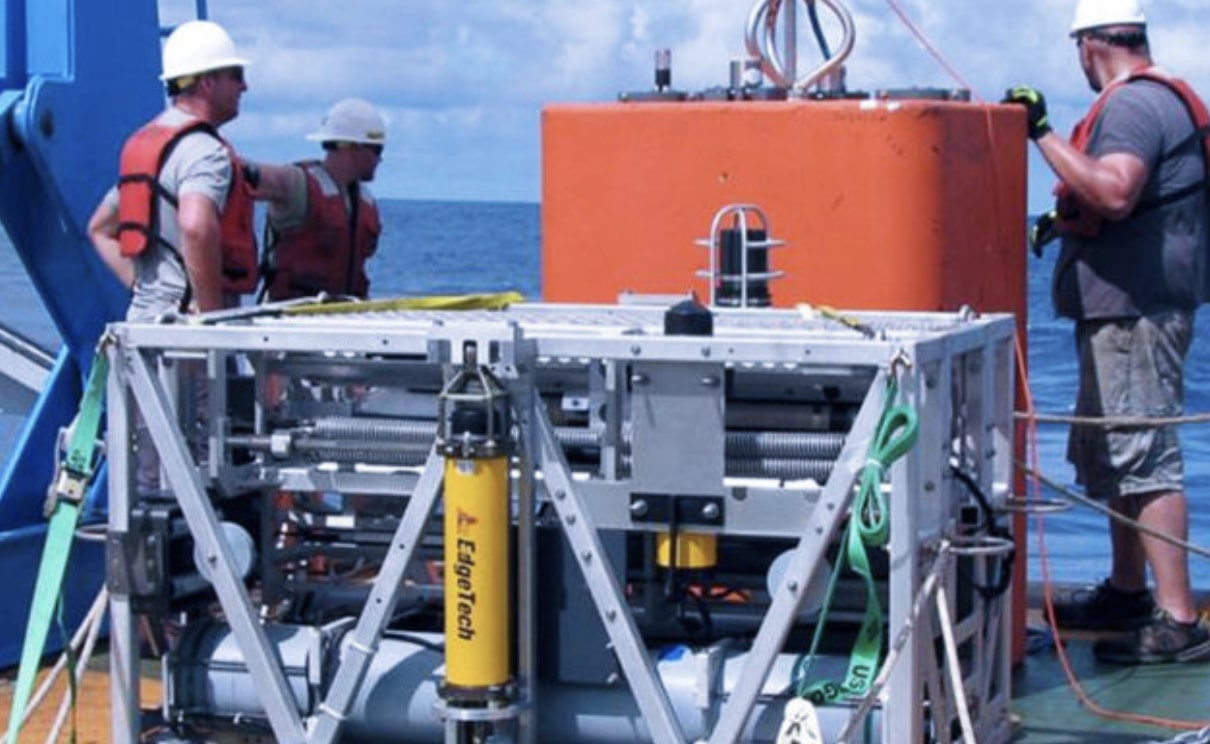On Sunday, the U.S. Navy conducted an analysis of acoustic data and detected an anomaly consistent with an implosion or explosion in the general vicinity of where the Titan submersible was operating when communications were lost. While not definitive, this information was immediately shared with the incident commander to assist with the ongoing search and rescue mission.
The Navy for decades has operated an underwater listening net to detect submarines close to the U.S. The Integrated Undersea Surveillance System includes the well-known Sound Surveillance System (SOSUS), a series of hydrophones on the sea floor.
Around 2016, Naval Research developed the Deep Reliable Acoustic Path Exploitation System (DRAPES). DRAPES has been part upgrades to the Navy’s submarine detection capabilities to cope with expanding fleets of advanced submarines around the world.
During the Cold War there were 30 undersea surveillance sites around the world during the Cold War. There was as few as three operational sites for a time.
In 2019, Officials of the Naval Information Warfare Systems Command (NAVWARSYSCOM), formerly SPAWAR) awarded $72.8 million contract to Leidos for the Transformational Reliable Acoustic Path System (TRAPS).
Deep ocean sonar nodes operates at significant depths in the open ocean with large fields of view to detect submarines overhead. The significant field of view and low-noise at extreme depths will help the system detect and track submarines over large areas. Each deep node is the maritime equivalent of a satellite, and is referred to as a subullite.
TRAPS complements other deep-ocean fixed surveillance systems such as the Integrated Undersea Surveillance System (IUSS), Fixed Distributed System (FDS), and the Sound Surveillance System (SOSUS).
TRAPS will work together with the IUSS, FDS, SOSUS, and the AN/UQQ-2 Surveillance Towed Array Sensor System (SURTASS) to provide flexible and responsive wide-area surveillance for theater antisubmarine warfare commanders worldwide.

Brian Wang is a Futurist Thought Leader and a popular Science blogger with 1 million readers per month. His blog Nextbigfuture.com is ranked #1 Science News Blog. It covers many disruptive technology and trends including Space, Robotics, Artificial Intelligence, Medicine, Anti-aging Biotechnology, and Nanotechnology.
Known for identifying cutting edge technologies, he is currently a Co-Founder of a startup and fundraiser for high potential early-stage companies. He is the Head of Research for Allocations for deep technology investments and an Angel Investor at Space Angels.
A frequent speaker at corporations, he has been a TEDx speaker, a Singularity University speaker and guest at numerous interviews for radio and podcasts. He is open to public speaking and advising engagements.


Back-of-the-hand calculations:
interior volume of sub: 7.4 m^3
if it was at the bottom, depth = 3800 m
mass of water above it = 3800 m * 1000 kg/m^3 * 7.4 m^2 = 2.812^7 kg
force of water above it = 2.812^7 kg * 9.8 N/kg = 275,576,00 N
Energy of implosion = (force) * 1 m = 275^6 Joules.
Implosion energy = 275^6 Joules
(TNT specific energy = 4.6^6 J/kg, so)
Same energy as roughly 60 kg of TNT.
If it was at half depth, about 30 kg of TNT.